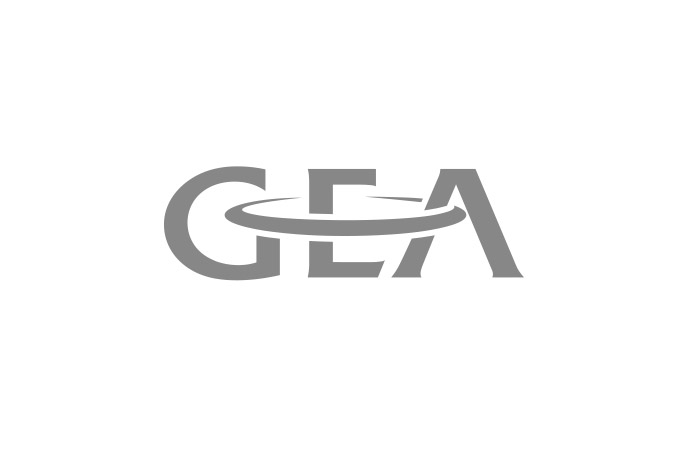In mid December 2011 the RAC industry in Australia and around the world was stunned and bewildered by the deaths of two young refrigeration mechanics in the space of a week in what appear to be similar circumstances. While the results of coronial investigations will not be known for some time, these incidents suggest a need for greater attention to be paid to existing safety information with regard to transporting gas cylinders.

Both Joe Cosentino (25) and Patrick “Paddy” Bird (24, from Ireland) perished in catastrophic explosions of their vans before heading off to work, after gas that is suspected to have leaked overnight was somehow ignited. With environmentally benign hydrocarbon refrigerants gaining widespread acceptance, these incidents are a reminder that RAC engineers and technicians must observe due diligence to ensure the safe handling and transporting of gas cylinders.
Avoidable breach in workplace safety
The explosions in the Melbourne suburb of Mulgrave, and the Darwin suburb of Parap both completely demolished the vans, damaged surrounding buildings and were heard many kilometers away.
In a remarkably similar incident, licensed plumber Michael Ponton's van was parked outside his Chelsea Heights home when a tank of acetylene gas leaked, built up inside overnight and was ignited when the central locking was activated around 6am. His two apprentices survived the blast only because an adjacent vehicle shielded them.
WorkSafe's investigation found Michael Ponton failed to:
- Ensure a safety-cabinet in which the acetylene was stored in the vehicle was airtight;
- Ensure the cabinet was properly vented to the outside of the vehicle; and
- Ensure the employees conducted a soapy water test to check the cylinders were not leaking before they loaded the cylinders into the vehicle.
Worksafe's Construction and Utilities Division Acting Director, Allan Beacom said, “People should make sure the cylinders are in good condition, turned off, secure and that there is proper ventilation in the event of a leak.”
“Thankfully incidents like this are rare, but where gases need to be stored inside vehicles, it's essential that there be a means by which it can escape,” Mr Beacom said.
Recommendation for transporting hydrocarbons safely by road
Determining the cause of such explosions will be of crucial importance in preventing future incidents. However in the meantime, to avoid risk of incident when transporting gas cylinders the Australian Institute Refrigeration Airconditioning and Heating (AIRAH) recommends the following precautions be followed in their “HVAC&R Skills Workshop” published in magazine HVAC&R Nation:
- Roadworthy vehicle should be selected, suitable for the size and load and position the load correctly.
- Secure all cylinders against moving during transport. Also consider the forces in a traffic accident.
- Limit number of cylinders to be transported.
- Label clearly visible. Ensure that the contents label on the cylinder can be clearly read.
- Open vehicles or trailers should be used. If there are no other practical methods of transport, enclosed vehicles may be used but the gas cylinders must be stored in dedicated, labelled cylinder storage compartment that is ventilated to the outside atmosphere and sealed from the inside of the vehicle.
- Flat bed vehicle with sides should be selected, with a tailboard, and a cab, which is separately ventilated from the load carrying area. Flat bed vehicles without sides must not be used, except where the cylinders are conveyed in approved pallets.
- Do not carry horizontally. Flammable gas cylinders must not be carried horizontally on steel-floored vehicles.
- Do not leave in enclosed vehicle on a hot day. Temperatures may be hot enough to activate the burst disk, and if the cylinder is also unrestrained, the release of gas can cause the cylinder to move/ and or spin and cause significant damage to the inside of the vehicle.
- Do not transport inside the passenger compartment. Transporting gas cylinders inside the passenger compartment of vans is not safe.
- Do not drop cylinders or submit them to shock.
Moving cylinders manually
The "HVAC&R Skills Workshop" also highlights the following manual risks to be aware of when handling cylinders:
- Close cylinder valve before relocating the cylinder
- Secure cylinders when using a cylinder trolley to move cylinders, and make sure the cylinder valves are closed. Once in place, cylinder wall brackets must secure the cylinder, before ancillary equipment is connected.
- Remove pressure regulator. Never transport cylinders with the pressure regulator and hose attached unless on a purpose designed trolley or carrier complete with webbing retainers.
- Use cylinder trolley. Cylinders should always be removed from the storage compound, transported by a cylinder trolley and secured and positioned adjacent to the workstation for immediate access to the cylinder valve and regulator.
- Never roll a cylinder horizontally along the ground as this may cause the valve hand wheel to become damaged or open if the cylinder valve handle strikes something.
MORE INFORMATION
Related stories




















